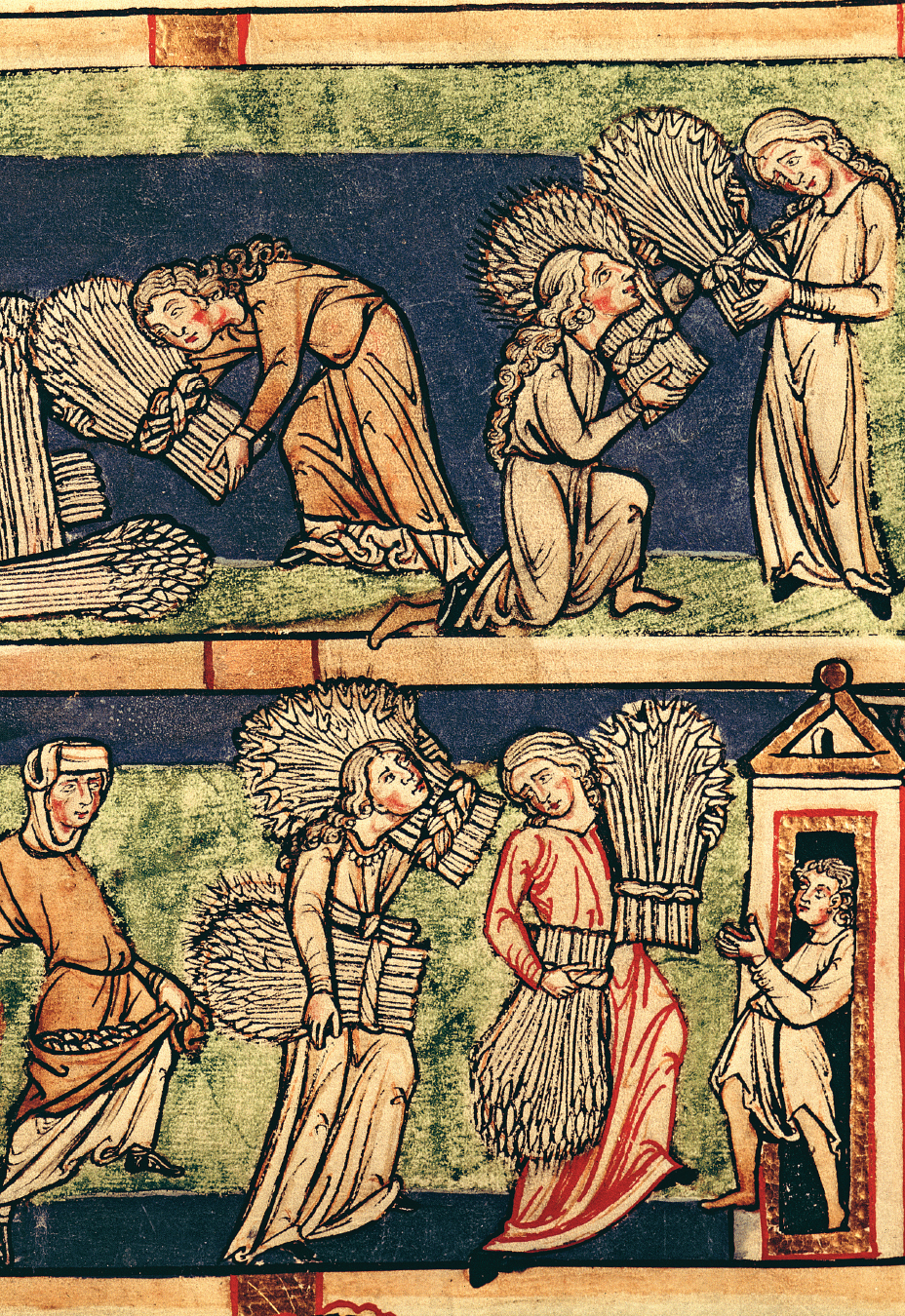Understanding Western Society
Printed Page 274
Introduction for Chapter 10
10
LIFE IN VILLAGES AND CITIES OF THE HIGH MIDDLE AGES
1000–1300
>How and why did life change over the course of the High Middle Ages? Chapter 10 examines the lives of ordinary people during the High Middle Ages. During this period, agricultural improvements led to population growth. Relative security and the increasing food supply allowed for the growth and development of towns and a revival of long-
LearningCurve
After reading the chapter, use LearningCurve to retain what you’ve read.

> CHAPTER CHRONOLOGY
| 1050– |
1215 |
| – Steady rise in population; period of milder climate | – Fourth Lateran Council orders Jews and Muslims to wear distinctive clothing |
| ca. 1100 | 1225– |
| – Merchant guilds become rich and powerful in many cities; artisans begin to found craft guilds | – Life of Thomas Aquinas; Summa Theologica |
| 1100– |
1241 |
| – Height of construction of cathedrals in Europe | – Contract between Lübeck and Hamburg, first in the Hanseatic League |
| 1100s | ca. 1300 |
| – Hospitals and other homes for the sick begin appearing | – Bill of exchange becomes most common method of commercial payment in western Europe |
| 1160s | 1300s |
| – Silver mines opened in Germany, allowing for more coinage | – Clocks in general use throughout Europe |
| ca. 1200 | |
| – Founding of first universities |